10 Best Books About Imaginary Characters and Mystery
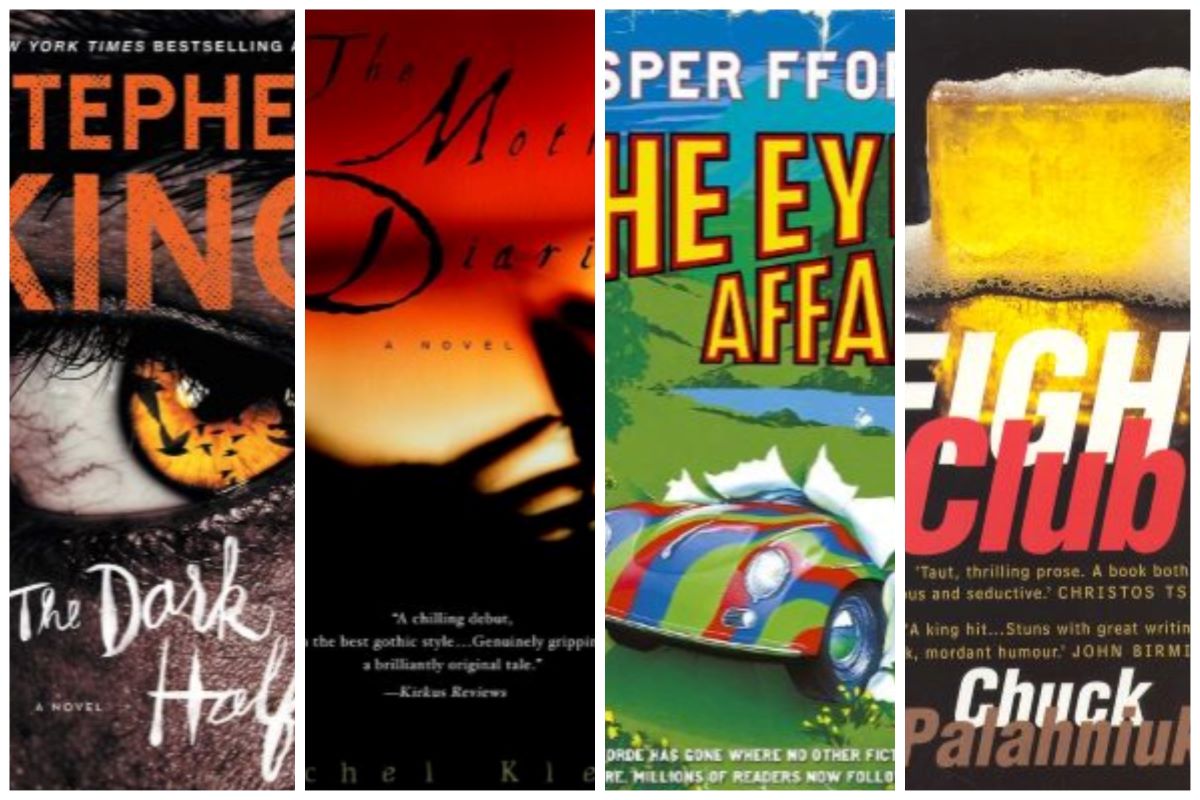
I decided to put together this list because it seemed like a challenge. The best books about imaginary characters and mystery? What does that even mean?
Surely all characters, even those based on historical figures, are imaginary, because they’re coming right out of the author’s head and onto the page. It has to be more complex than that, and surprisingly enough, it turned out to be quite complicated finding ten good books that actually qualified. But I’ve done my best and here they are, the 10 best books about imaginary characters and mystery.
10. The Turn of the Screw by Henry James
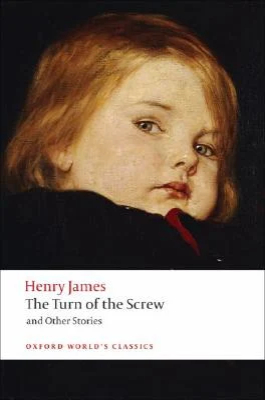
Full disclosure: I do not actually like this book. The experience of reading it is similar to an ice pick headache, but that’s an intentional stylistic choice on the author’s part, so if that’s your vibe when it comes to gothic horror, then you’ll probably like this. The reason I put it on this list is because it’s actually a very good example of mystery involving imaginary characters, because one of the questions The Turn of the Screw is asking is whether or not the ghosts the unnamed governess is seeing are actually real, or products of her fevered imagination. Anyway it’s a classic gothic with a big spooky house, mysterious deaths, possibly creepy children, and extremely questionable decisions made by all. It’s also the inspiration for the Haunting of Bly Manor but, tragically, a lot less gay.
9. Fight Club by Chuck Palahniuk
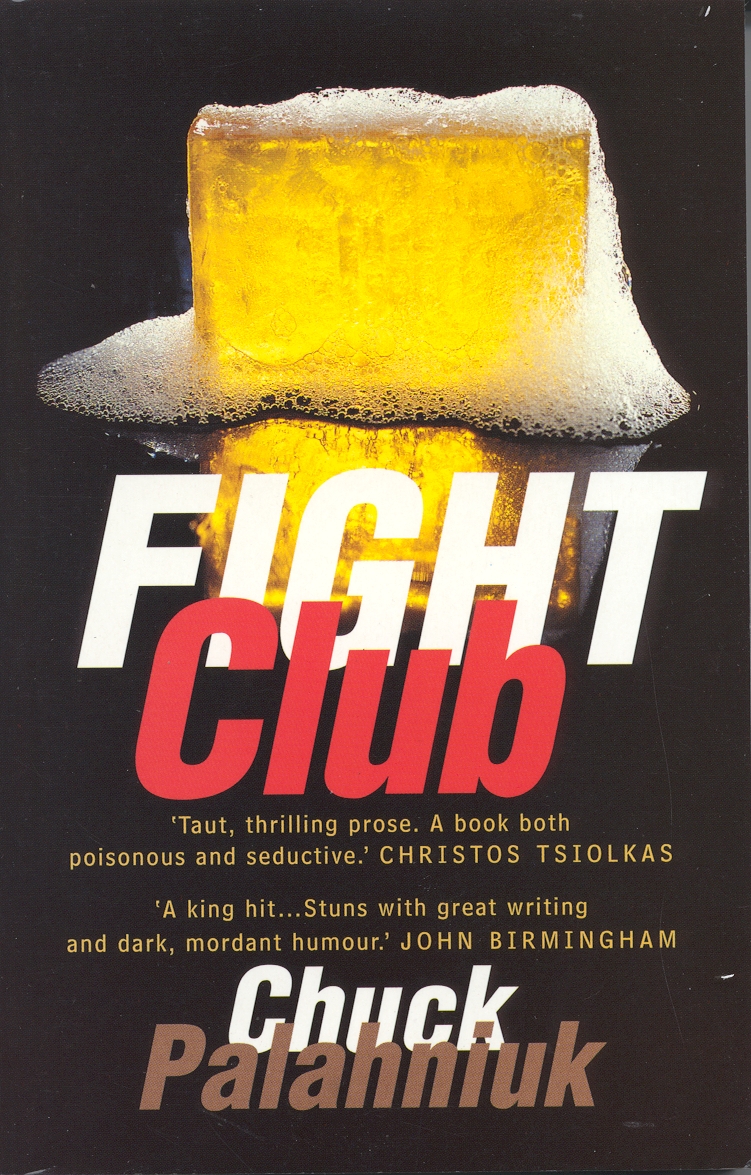
We all know Fight Club. Even if we’ve never read it or watched the movie, we’ve all been trapped at a minimum of one party with a man who won’t shut up about it (and has also usually completely missed the point). The book’s a little different from the film, with a much grimmer ending, and has very interesting things to say about human nature, society, and capitalism, as the characters move from an underground fight club, created to alleviate their distress, to an attempt to wage literal war on capitalist institutions. One big mystery in the novel is “Who is Tyler?” a question that has multiple dimensions to it, from the literal to the metaphysical, and of course imaginary characters play a significant part. (But if you’re somehow unfamiliar with the plot, I won’t spoil that part for you.)
7. The Mysterious Mr Quinn by Agatha Christie
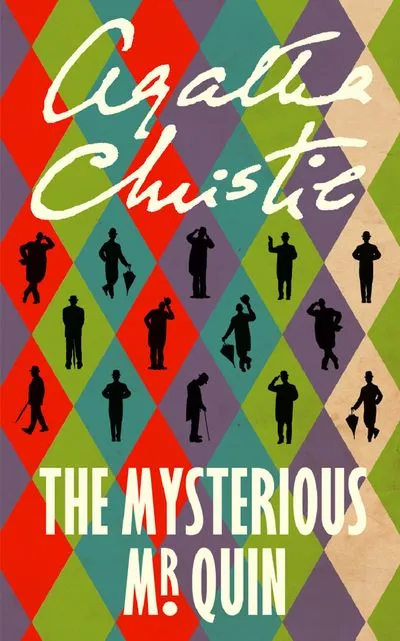
One of Agatha Christie’s lesser known works, The Mysterious Mr Quinn is a series of short stories featuring Mr Satterthwaite, a man of leisure, who, like many of Christie’s characters, seems to find murder and mystery everywhere he goes. Mr Quinn, meanwhile, is an enigma, a man who always turns up at just the right moment to help Mr Satterthwaite solve the tricky cases he stumbles into, exonerating friends and acquaintances who would otherwise surely have hanged or at the very least faced serious social censure.
The thing is, though: Who is Mr Quinn? Where is he coming from and why does he always know the right moment to arrive? Is he even real, or is he a figment inside Mr Satterthwaite’s head, and if so, how much of what we’re reading is actually happening outside of it?
6.The Book Jumper by Mechthild Gläse
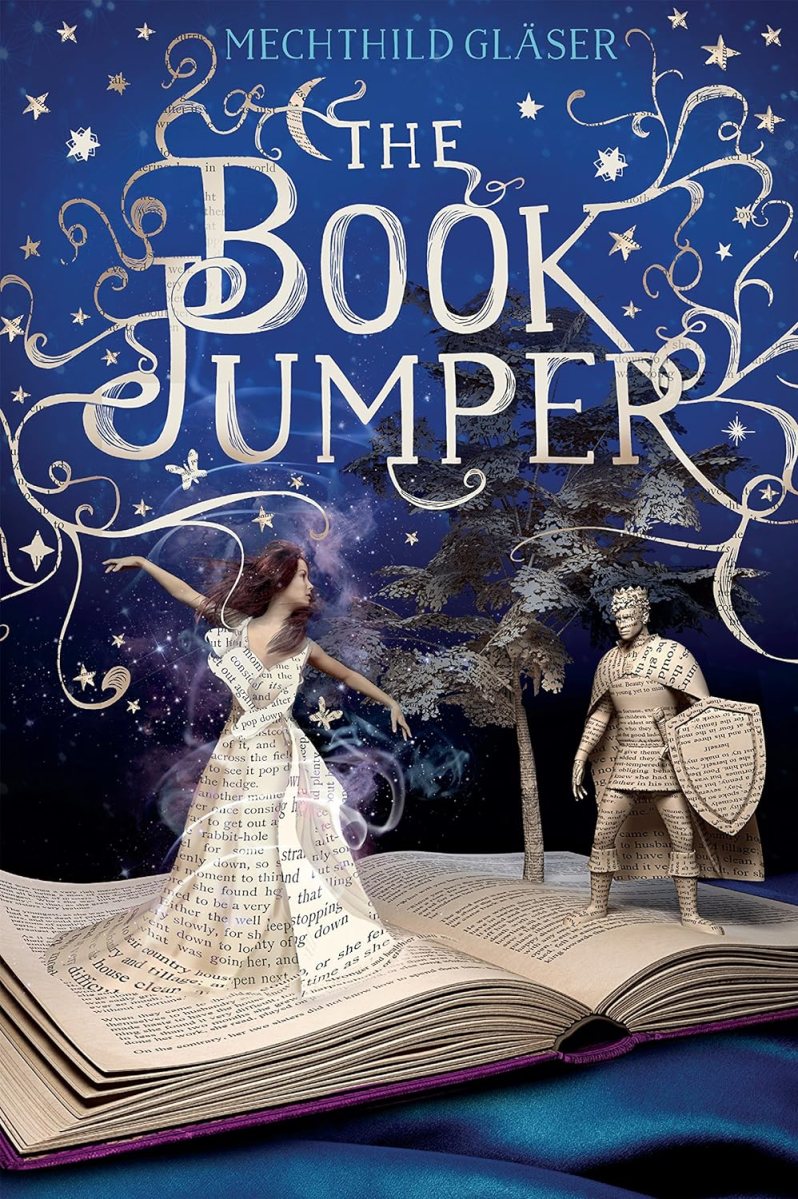
A more fantastical interpretation of the imaginary characters brief, The Book Jumper by Mechthild Gläse features a young girl who can quite literally jump inside the books she’s reading, interacting with the characters there as if they’re equally real as she is. However, soon after Amy learns about her powers, she discovers that someone is stealing integral artifacts from the stories she enters, thefts that could irrevocably change or destroy the stories forever. As a book jumper, it is her solemn duty to protect the stories, so its up to her and her friend Will to figure it out before the thief comes for them, too.
5. The Dark Half by Stephen King
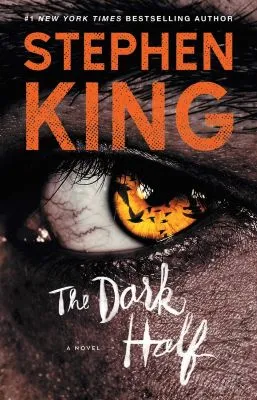
Like all Stephen King novels, The Dark Half is deeply unsettling. One of his books that explores the potential horrors in being a writer, where emotional and psychological states are given physical and metaphysical form, the novel follows unsuccessful literary fiction author Thad Beaumont who writes extremely popular, and violent, crime novels under the pen name George Stark.
After his dual identity is exposed, he decides to hold a funeral for Stark, and that’s when his former pen name appears to emerge from the grave, take on physical form, and start murdering people. Deeply disturbing, with medical as well as regular horror and violence, The Dark Half keeps you guessing as to who Stark really is and what on Earth is going on, right to the end.
6. American Gods by Neil Gaimon

Another novel a lot of us are familiar with, American Gods revolves around the conflict between the Old Gods and the New, beings representative of technology and entertainment, brought into being by Americans’ unconscious worship of them. This qualifies as a novel about imaginary characters because the gods all seem to have sprung into being in response to human belief, like egregores, instead of existing independently—and when that belief wanes, they die. Underlying the conflict are several mysteries, including the identity of Shadow’s father and who several of the protagonist and antagonists truly are.
4. The Eyre Affair by Jaspar Fforde

Another book where characters can jump right in to other fictional worlds, The Eyre Affair is a metatextual novel set in an alternate reality where advanced genetic engineering has brought extinct creatures back to life, Imperial Russia has been at war with England for more than a century, and various specialist police forces handle weird and metaphysical crimes. Literature is an important part of this society, with gang wars breaking out over Shakespeare, and in the midst of this, literary detective Thursday Next must enter Jane Eyre to rescue the kidnapped Jane, as well as several of her own relatives who are being held hostage by her former professor Acheron Hades, who is now a Moriarty-style villain.
3. Rebecca by Daphne Dumaurier

A classic gothic novel, Rebecca sees Daphne Dumaurier craft a claustrophobic and oppressive atmosphere as the unnamed heroine is whisked from genteel poverty as a paid companion to wife of the wealthy widower Maxim de Winter on his country estate. The figure of his former wife, the titular Rebecca, as well as the mystery or what happened to her, looms large, as the heroine creates an imaginary vision of Rebecca in her head, embodying everything she is not and the antithesis of her own shortcomings as lady of a great house.
Of course, the Rebecca who lives in her head doesn’t reflect the real Rebecca at all, and the unravelling of that mystery, as well as the consequences of the past coming home to roost, swiftly destroy her new life.
2. Shadow of the Wind by Carlos Ruiz Zafon

Something of a twist on the theme, master storyteller Carlos Ruiz Zafon’s novel is an incredible work of literary fiction. Set in Barcelona, it follows a bookseller’s son, Daniel, whose father takes him to the Cemetery of Forgotten books, where copies of rare and banned books are kept. Allowed to choose one to take home with him, he swiftly falls in love with the book, only to discover its author and every other copy of the book has vanished. His attempts to track the author down reveal another mystery, two young lovers missing since 1919, and a mysterious man who appears to have stepped out of the pages of the novel who wants the last remaining copy for himself.
1. The Moth Diaries by Rachel Klein
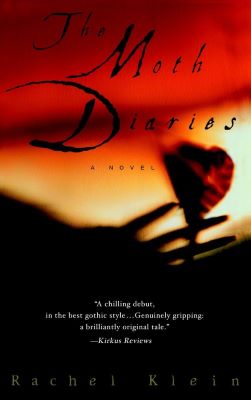
One of my favourite novels as a teenager, Rachel Klein’s The Mother Diaries is a dark academia novel from before dark academia as a defined genre was a thing. Told through journal entries by a sensitive and deeply depressed student at a boarding school, the central mystery of the novel is whether or not new girl Ernessa is actually a vampire—and whether the vampirism, or even Ernessa’s existence as a whole, are entirely the products of her mind.
The novel is atmospheric, immersive, and makes the implausible events described by the protagonist feel plausible while you’re reading them, and you don’t get any answers about what really happened to them all at the end. (There is also a movie, but it isn’t good. It misses the point entirely, and if you watch it after reading the novel, you will be disappointed).
Have a tip we should know? [email protected]
